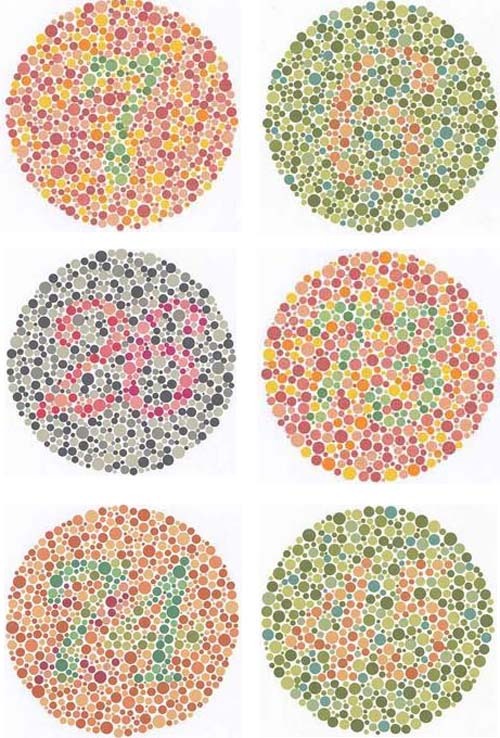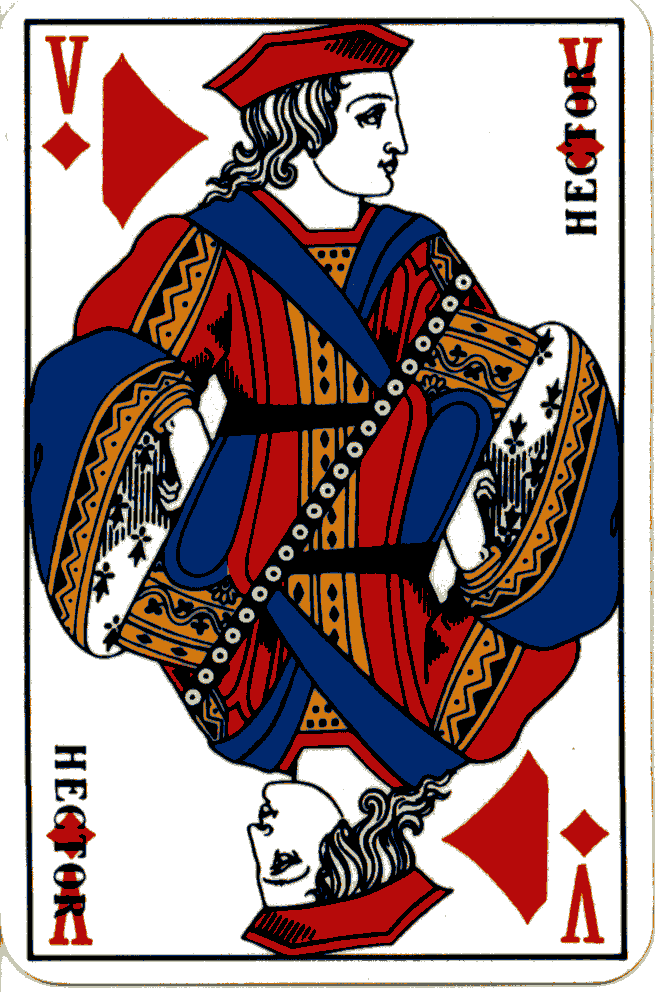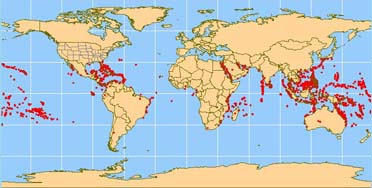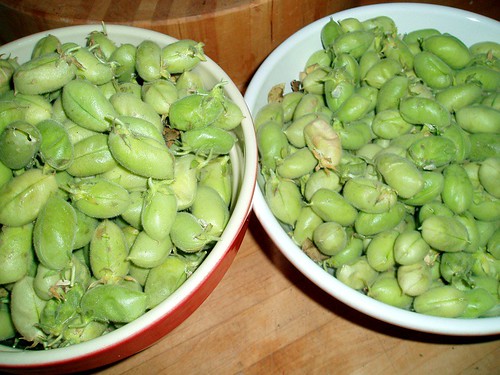Thinking some more about my upcoming trip home for Memorial Day weekend, I remembered that my parents recently got a bocce set. We played a lot the last time I was there, and I think maybe we'll probably play again. Although, it might be raining, so maybe not. In any case, I suspected there might be some interesting tidbits to know about bocce.
- As I'm finding with so many delightful pastimes, nobody's really sure of the actual origins of this game. Some say it's as old as 5200 B.C., and first played in Egypt; some say it originated in Greece.
- The most reliable sources, however, say that it was for sure played during the Punic Wars, when Rome was battling Carthage in Africa, and which started in 264 B.C. The soldiers played when they were taking a break from fighting.
- The way they played back then -- much the same as it is played today -- was to throw a small "leader" stone (now called a "pallino") some distance away, and then to throw other larger stones at the leader. The stone coming closest to the leader would score. Teams had anywhere from 2 to 8 players, and the score to reach first ranged from 16 to 24.
- For a while, the game was banned, when the Holy Roman Emperor prohibited it in 1319 because it had become so popular, he thought that it might interfere with soldiers playing other sports "of a more military nature." (Although, really, how could you enforce this ban, when all you need to play is a handful of rocks?)
- Famous people known to have played bocce include Galileo, Leonardo da Vinci, Sir Francis Drake (who refused to begin a battle with the Spanish Armada until after he'd finished his bocce game), and George Washington.
- As more people played the sport, it changed slightly, especially as each European country adapted it. In France, it became known as boules. In Italy, it became bocce or boccia. In England, it became lawn bowling, which is the pre-cursor to what we in the US call "bowling."
- In bocce, the technique of throwing the larger balls toward the smaller pallino is called "bowling." In fact, the two-step run-up and the four-step run-up methods of bowling in bocce look very similar to the approaches that professional bowlers make.
- There are 4 variations of bocce, including Volo or Lyonnaise, Petanque, Lawn Bowls, and Punto Raffa. Each variation has slightly different rules, which vary especially on what should be done after one ball strikes another. What people in the US and Canada think of as bocce is the Punto Raffa variation. Most casual bocce players bowl outside, and this is known as free style.

Photo from Boccemon.com
- Bocce is also played inside, or court style, especially in tournaments. In court style of play, additional rules govern what happens if the pallino or the larger balls hit the back wall, and whether or not lofting the ball when in the center of the court should be allowed.
- You can also play on an open course, similarly to golf, using 16 pairs of flags to mark out a sequence of bocce target areas.
- In the United States, there are bocce clubs in California, Florida, Michigan, Missouri, Arizona, and Nevada. At least, these are the states where bocce clubs are registered with the US Bocce Federation. Other states may have clubs, as well.
- This year's US Bocce National tournament will be held June 18-25th at the spacious and well-appointed Palazzo di Bocce, in the auspicious Orion Township, Michigan, near the Palace of Auburn Hills, between Pontiac and Flint.

Sources
United States Bocce Federation
Bocce Canada
Palazzo di Bocce















